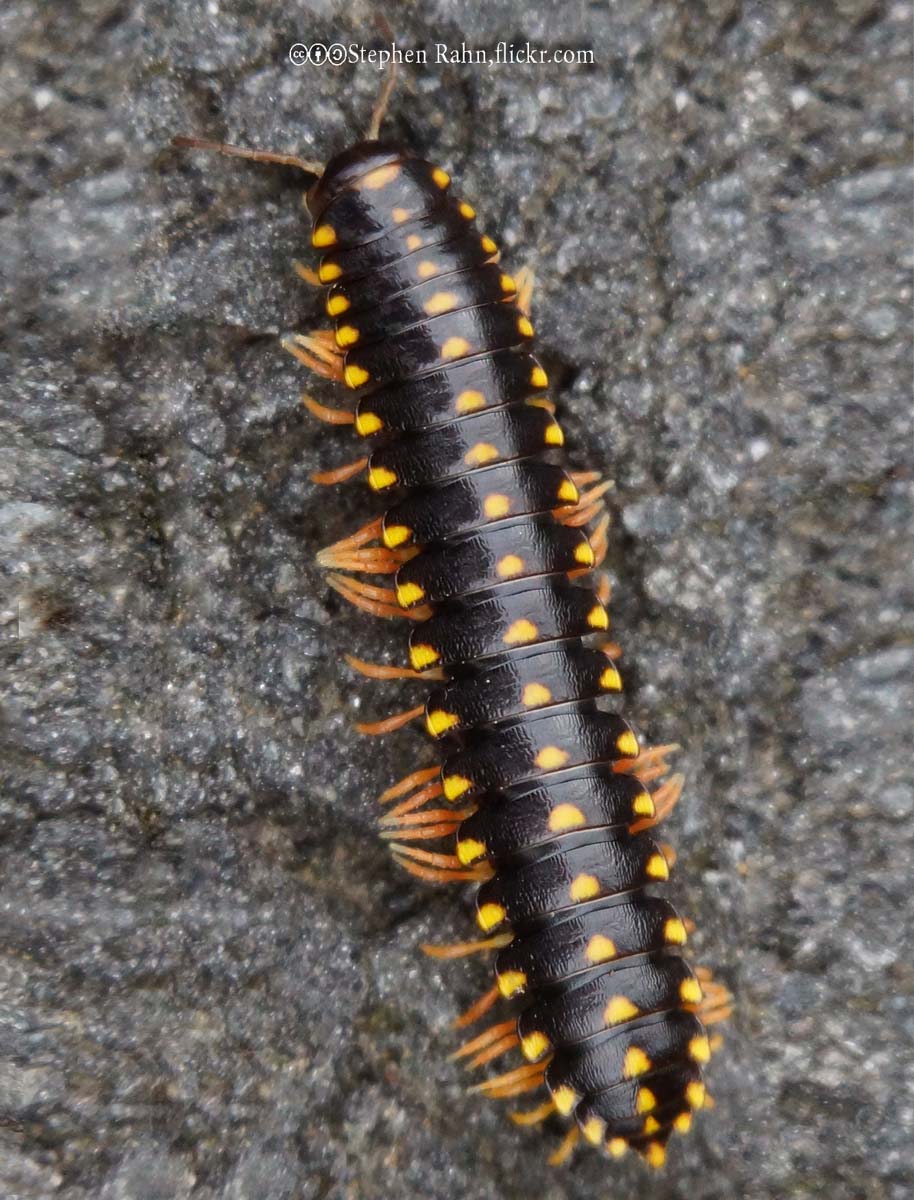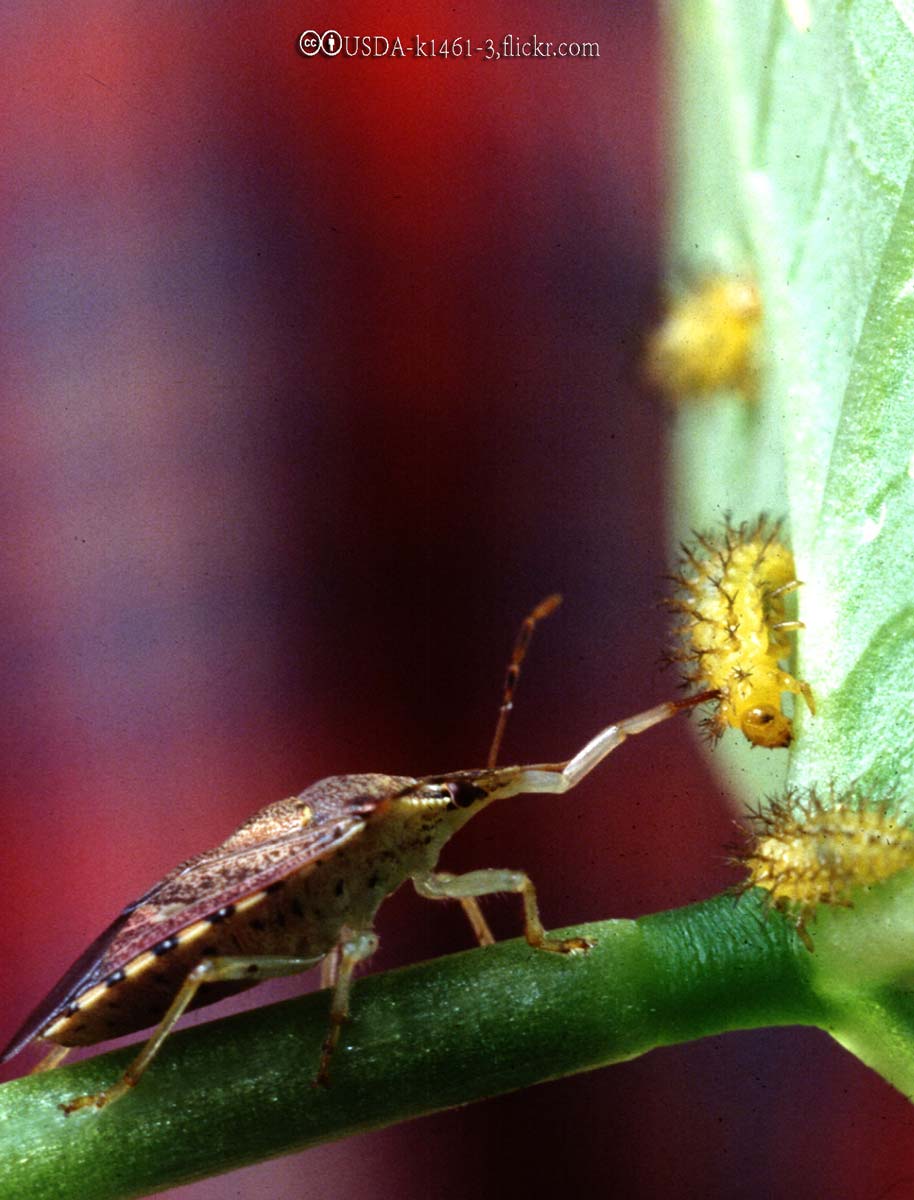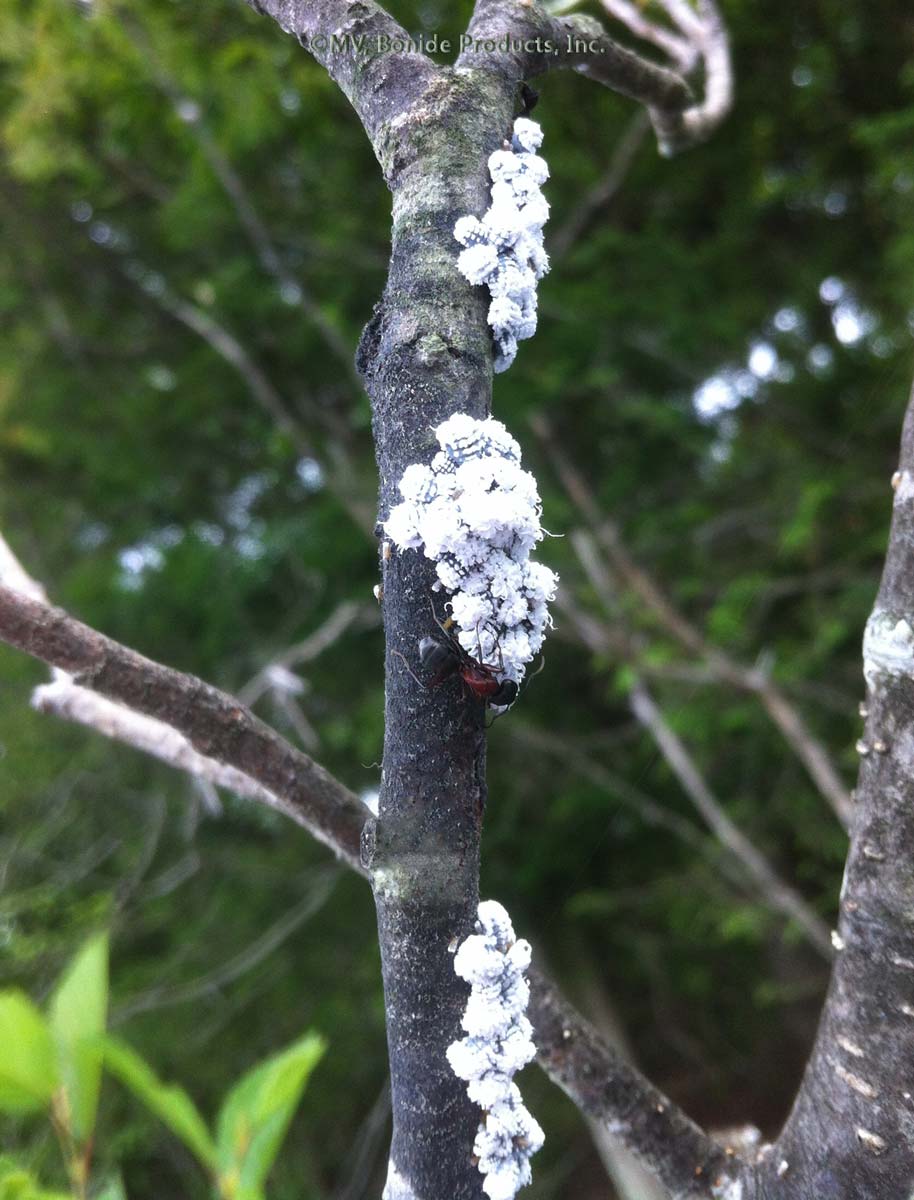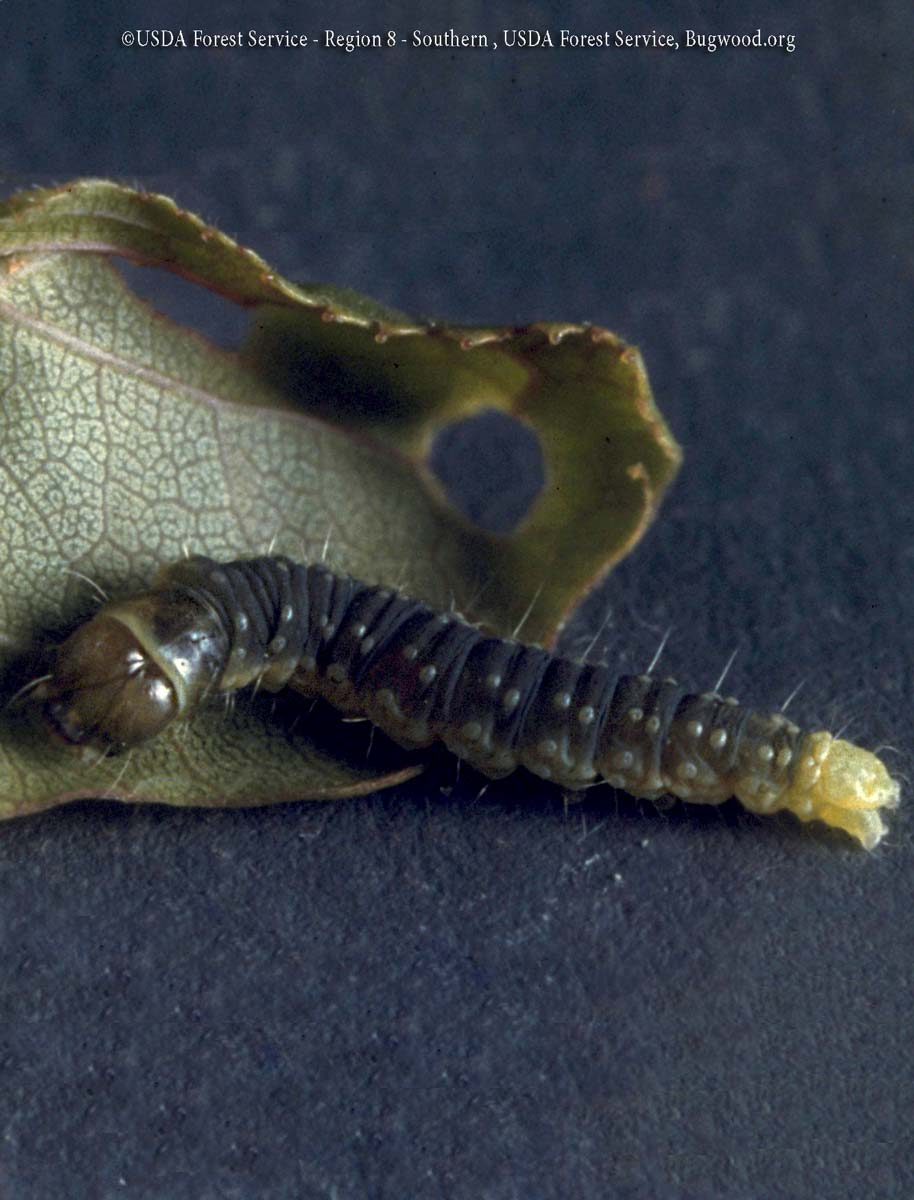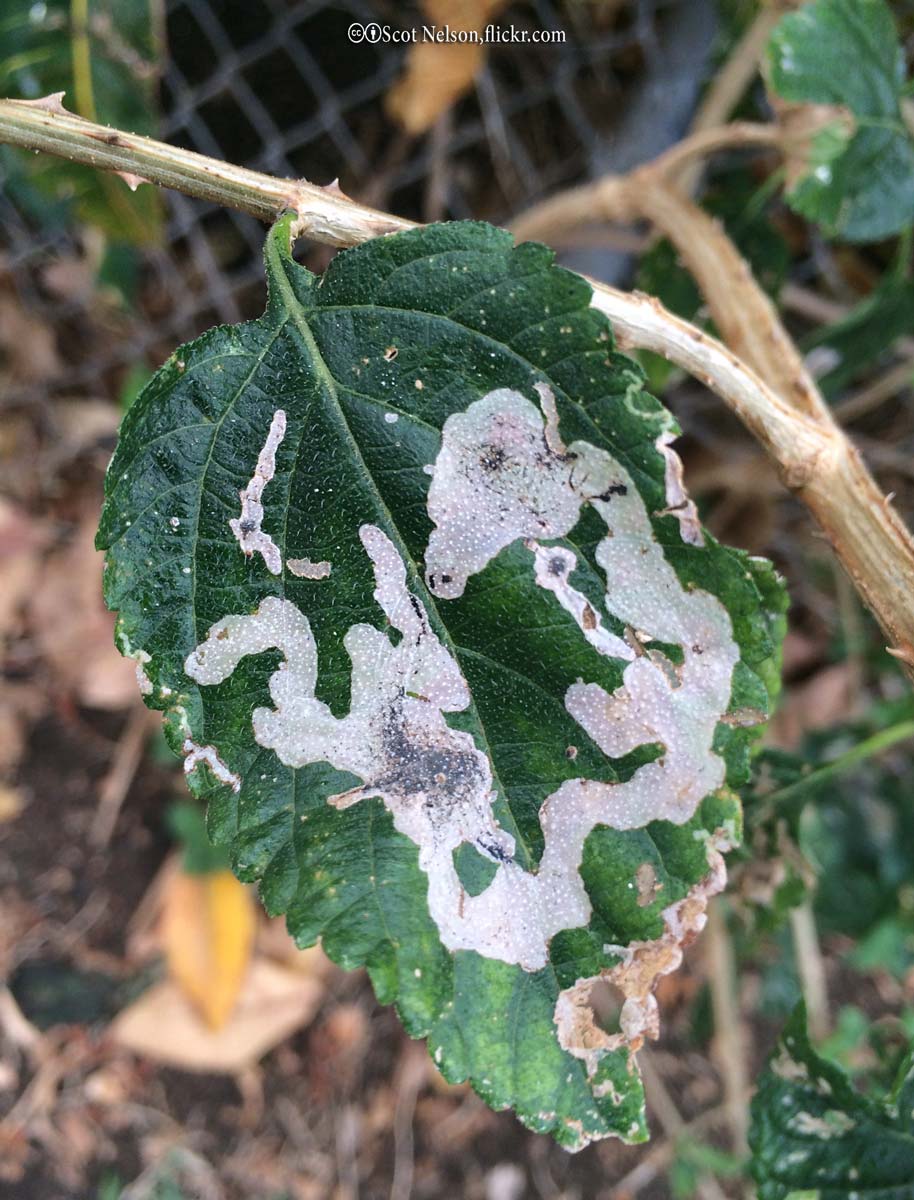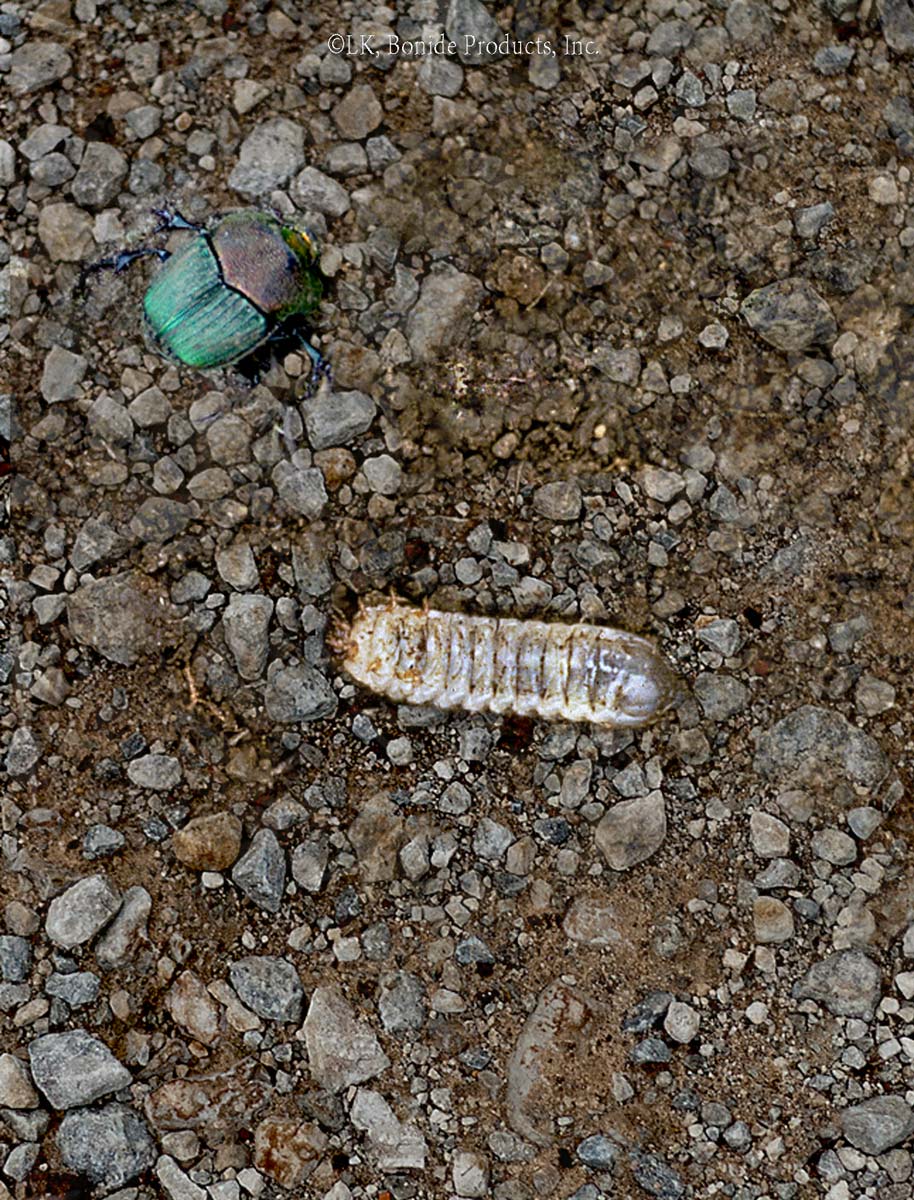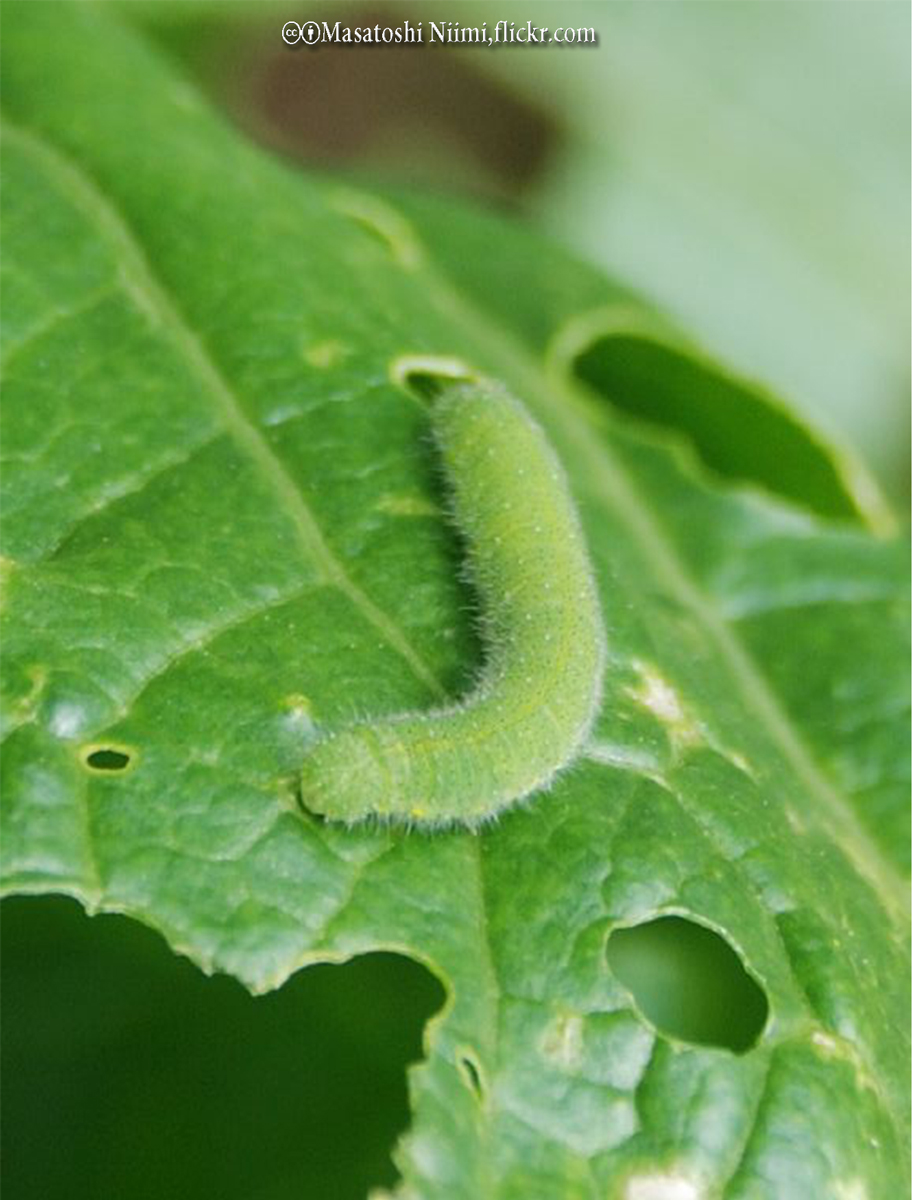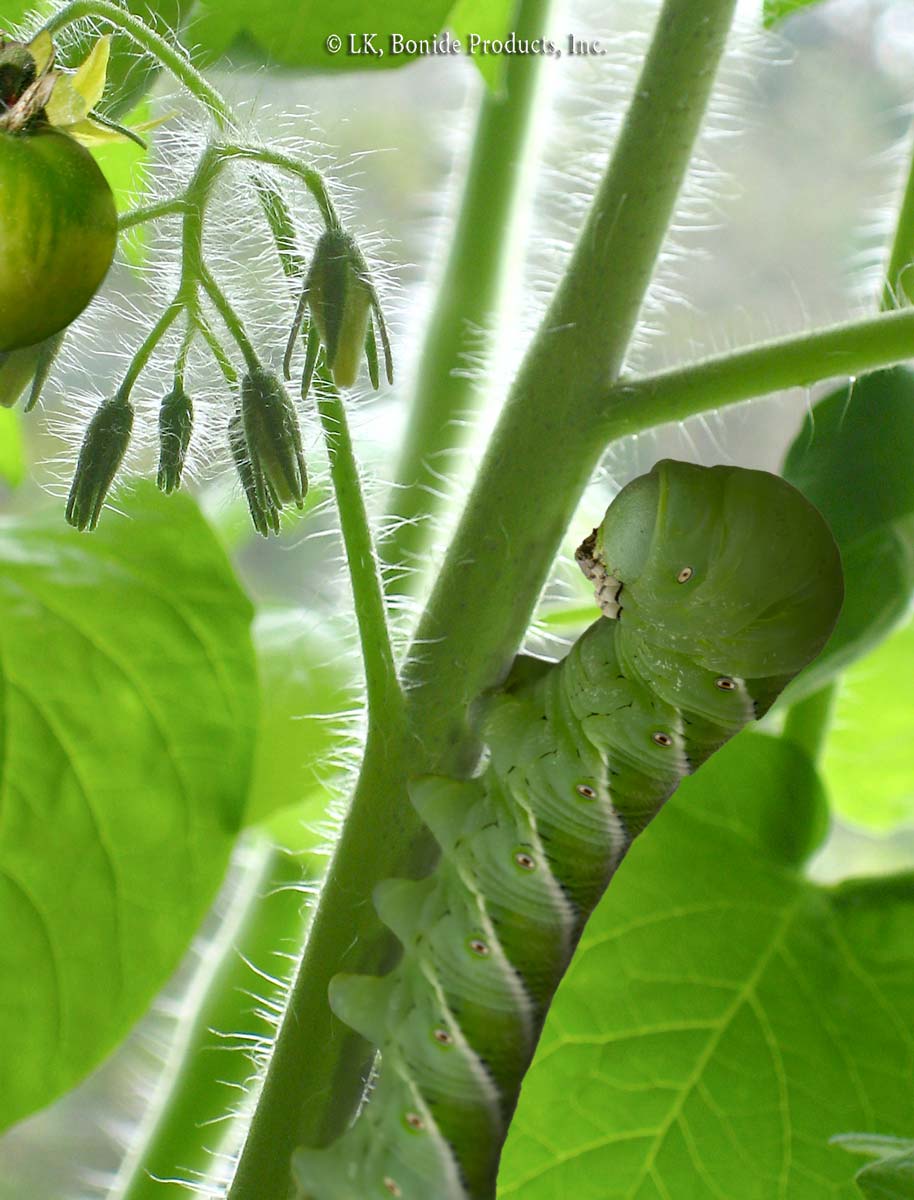Mites
Mites are small arthropods with two body regions, sucking mouthparts, no antennae, and four pairs of legs as adults. The life cycle of a mite has four active stages: egg, larva, nymph, and adult. The life cycle requires one to four weeks and can result in high populations when there are favorable conditions. There are … Read more

